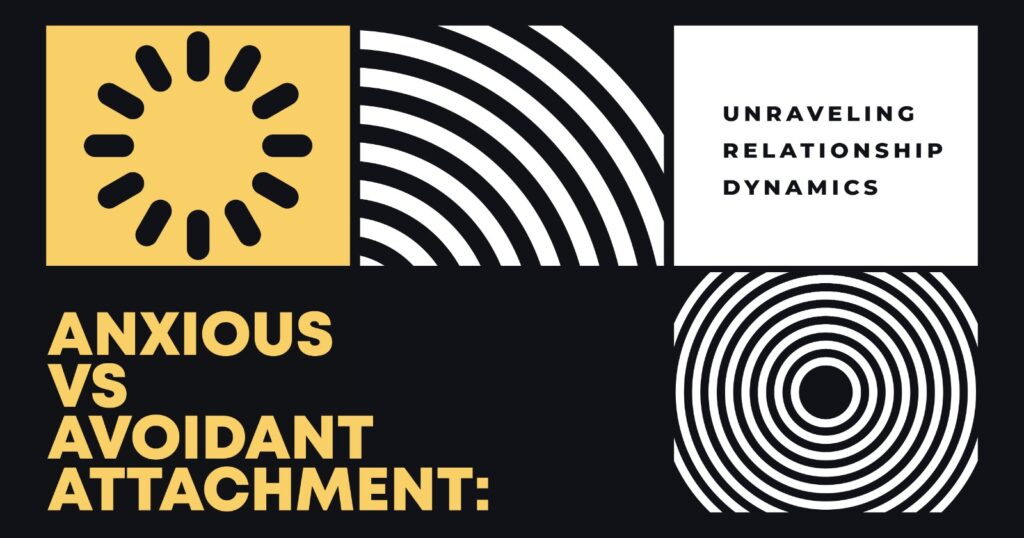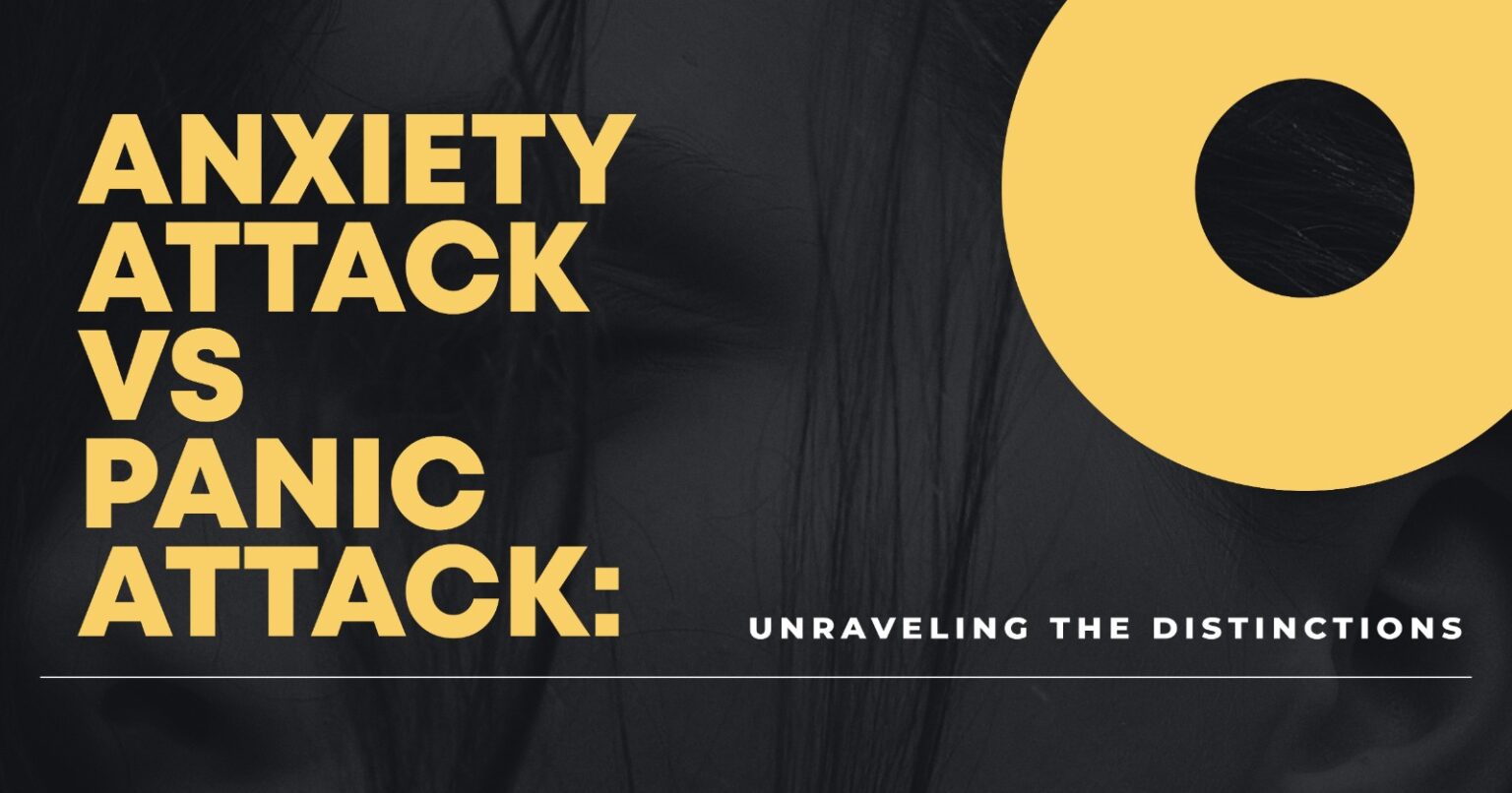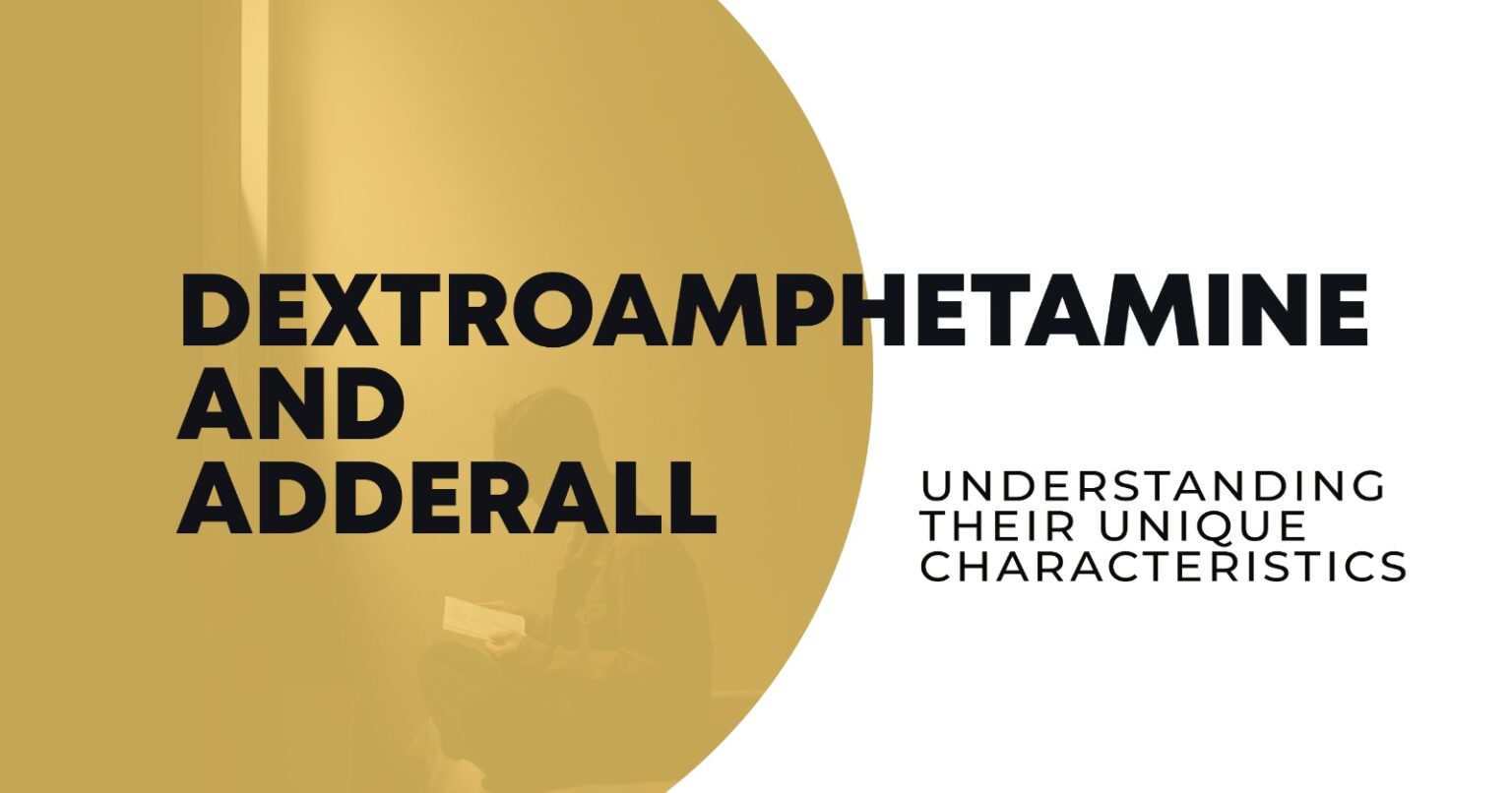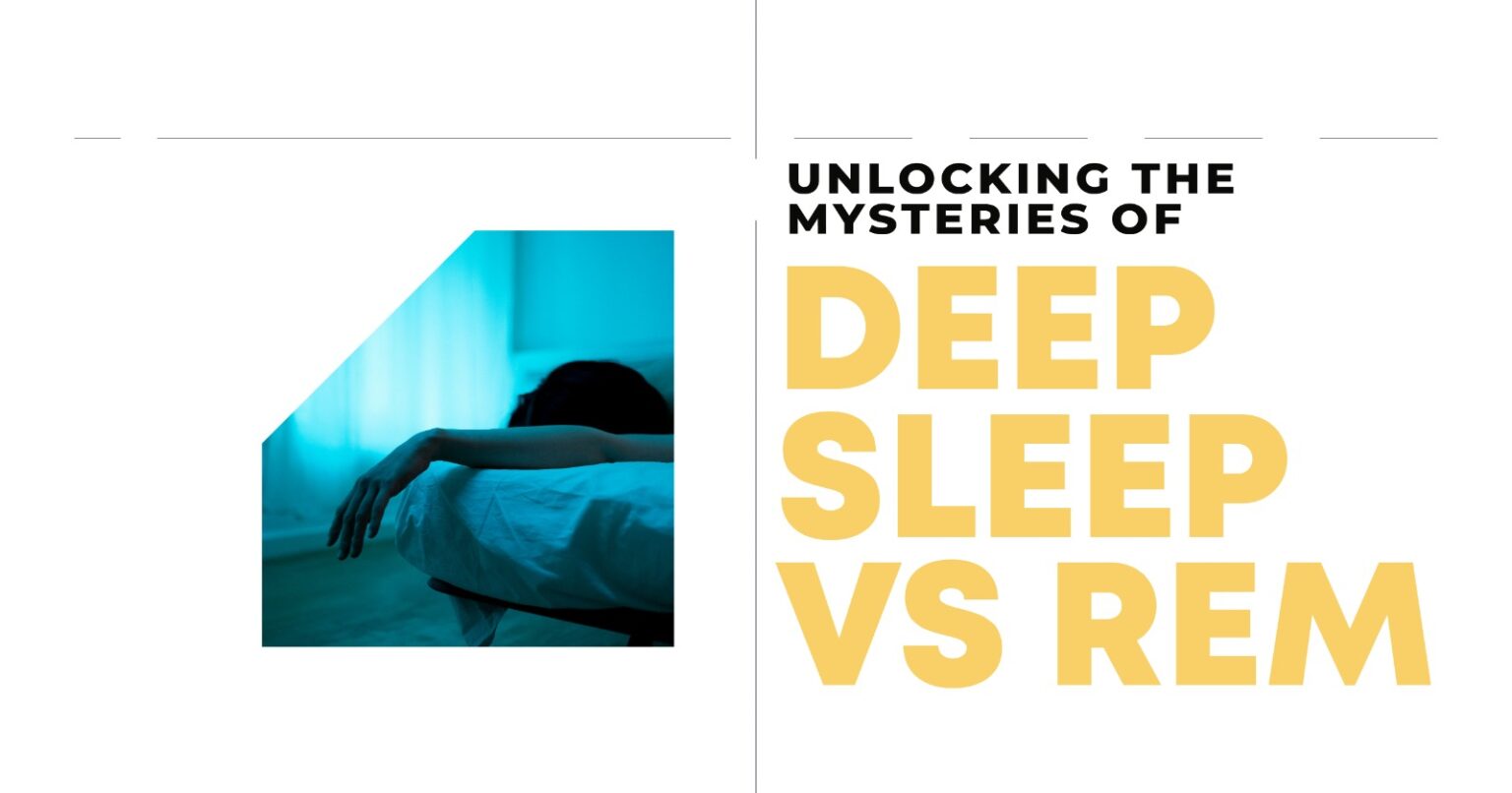An emotional bond is the hidden glue that ties two people in any relationship. But to most, this is a thread that is either drawn too taut or pulled too loose – and is the cause of incessant anxiety, separation, or perplexity. The idea of anxious vs. avoidant attachment reveals the reasons why such emotional conflicts take place and how they influence the manner in which people love and are loved. These patterns are not to be blamed but to be understood, to see the emotional underpinnings that lead to relationships and find ways of healing and rebalancing.
Foundations of Attachment Theory
British psychologist John Bowlby pioneered the establishment of the attachment theory in the mid-20th century. According to him, the same pattern that we adopt in nurturing our relationships with our caregivers as children would be employed to form a template of how we would interact with other persons as adults. Thereafter, other researchers conducted more research, among them Mary Ainsworth, who hypothesized the existence of different attachment styles in her Strange Situation test.
Expectations of love, safety, and intimacy are influenced by our early experiences in life. In the case of responsive, emotionally available caregivers, children grow to have secure attachment, believing that love and support levels will remain consistent. Nevertheless, the insecure attachment styles are possible due to the inconsistent or irresponsible caregiving – there are anxious and avoidant types of insecure attachment that have the strongest impact on the relationships in very different ways.
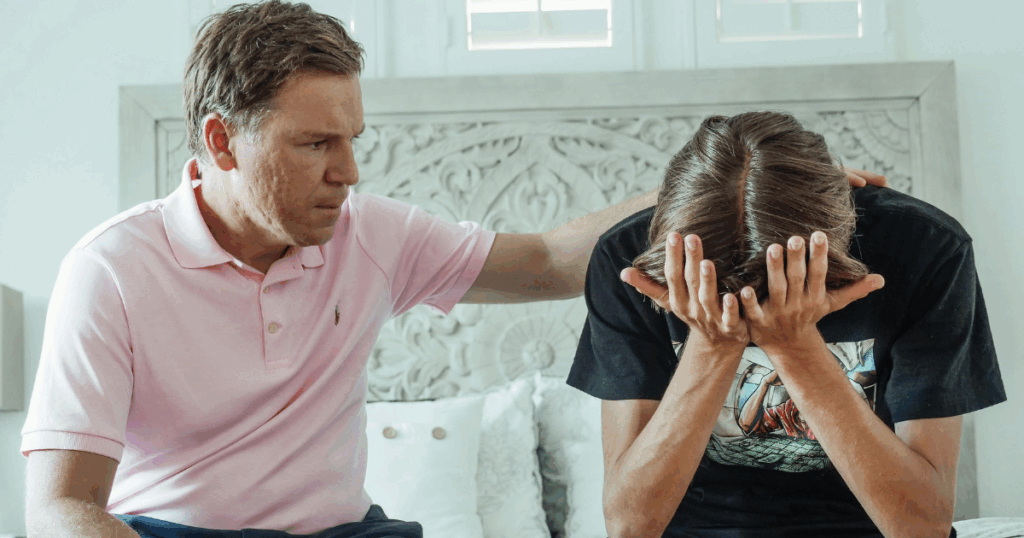
Shine Mental Health
Different Types of Attachment Styles
In the process of getting to know the difference between anxious and avoidant attachment, it is important to consider all the most important attachment styles that define emotional and relational patterns:
| Attachment Style | Core Traits | Relationship Behavior | Emotional Regulation |
| Secure Attachment | Trust, confidence, emotional openness | Comfortable with intimacy and independence | Balanced emotional expression |
| Anxious Attachment | Fear of rejection, need for reassurance | Craves closeness but worries about being abandoned | Emotionally intense, reactive |
| Avoidant Attachment | Desire for independence, discomfort with closeness | Avoids vulnerability and emotional intimacy | Suppresses feelings, emotionally distant |
| Disorganized Attachment | A combination of anxious and avoidant traits | Conflicted desire for closeness and fear of rejection | Chaotic emotional responses |
The attachment style of each person affects the individual expression of love, conflict coping, and intimacy. Individuals who get secure attachment tend to establish stable relationships and trusting ones, while anxious and avoidant ones find it difficult to go through the process of closeness and withdrawal.
Effects of Attachment on Relationships
The consequences of attachment style can be well felt even in adulthood, while people relate romantically, communicate, and experience conflicts. An anxious individual is prone to develop a tug-of-war relationship with an avoidant individual because the former will want to be intimate, while the latter will shun. It is a painful phenomenon, but it is everywhere, and it has been instilled in childhood.
An anxiously clingy individual is hyper-analytical of relationships. Anxious individuals often take silence to be denial and are obsessively concerned with the need to be confirmed. Quite on the contrary, an avoidant partner values independence and may feel overwhelmed by emotional intimacy. The moment their two varying styles collide, the misinterpretation multiplies by a multitude, creating emotional panic on both ends.
According to Psychology Today, knowing your attachment tendencies enables you to know your behavior triggers, so the goal of self-knowledge is the initial stage of disengaging the unhealthy patterns.
Emotional Attachment and Intimacy Issues
Emotional intimacy is the capacity to express your deepest thoughts and feelings can either be very healthy or even drowned out, depending on the style of attachment. People who have an anxious attachment can be unable to experience emotional security unless their partner is always soothing. Conversely, avoidant-attached individuals would close or retreat when relationships are too emotionally charged.
That is how attachment styles may influence intimacy problems:
- Anxious attachment individuals can have the closeness and safety exchanged, and they tend to find confirmation in communication, all the time or through touching.
- Avoidant attachment people can associate independence and safety, and they do not want to discuss emotions and reduce the needs of their partner.
These intimacy struggles can be solved by the fact that neither style is bad. They are defensive reactions to the initial interpersonal experiences (survival strategies) that may be unlearned and substituted by more adaptive coping styles by utilizing awareness and therapeutic intervention.
Common Relationship Patterns
Some repetitive behaviors are manifested where insecure attachment styles prevail in relationships. The most common is the pursuer-distance dynamic – in which one partner (the one who is normally anxious) insists on closeness and reassurance and the other partner (the one who is normally avoidant) retreats to stay in control.
This cycle will, in the long run, result in frustration, emotional drainage, and miscommunication. The anxious partner feels the avoidant partner has withdrawn; the avoidant partner feels overpowered. There is a lack of love between the two, and they cannot bring it out in a compatible way.
Couples caught in this cycle will find it immensely helpful to identify the stimuli which maintain the cycle. Trust can be regained through the therapy and conscious effort, and provide emotional safety that can support connection and individuality.
Shine Mental Health
Challenges of Insecure Attachment
The most difficult task about insecure attachment is the contradiction within the heart, desiring to love and yet being afraid to love. The two nervous and avoidant personalities react to this paradox in different ways – they all have the same problem, and that is the inability to control the emotional proximity.

Fear of Abandonment and Its Impact
In the case of anxious attachment, people tend to act the way they do because of the underlying fear of abandonment. This phobia is based on the early encounters with the lack of consistency or emotional indifference when one of the spouses gets away, though in a short period, the person who is anxious would get into mental anguish with the notion that he has just been sent away.
Contrastingly, avoidant individuals may be terrified by the possibility of being devoured – they lose their autonomy before intimacy. They may manage this through emotional separation, avoidance of vulnerability, or overvaluing independence over connection.
According to the Greater Good Science Center at UC Berkeley, the development of self-compassion and mindfulness can help individuals become less reactive to such attachment fears so that they may become less anxious and more confident when entering into relationships.
Pathways Toward Secure Attachment
Repairing attachment traumas is a conscious process that takes time and requires a willingness to go through the emotional vulnerability. It is possible to reach the state of transition of anxious or avoidant attachment to secure attachment with the assistance of the right tools and therapeutic support.
Building Emotional Regulation and Security
Secure attachment should be developed by developing emotional regulation. Emotion regulation can be defined as the control of the internal emotional experiences one experiences – calming down when upset, expressing needs in the right way, and being objective in an argument.
Here are a few evidence-based strategies to begin the journey:
- Therapeutic Support. Working with a mental health professional can help identify attachment triggers and reframe unhealthy thinking patterns.
- Mindfulness and Self-Awareness. Practices such as meditation, journaling, and deep breathing can improve emotional control.
- Effective Communication. Expressing needs clearly without blame or accusation helps build emotional trust.
- Boundary Setting. Healthy boundaries reduce anxiety and create a sense of safety for both partners.
- Reparenting Practices. Learning to provide yourself with the love and reassurance you lacked as a child fosters emotional independence.
Healing Relationship Dynamics with Shine Mental Health
At Shine Mental Health, we understand that the road to a secure connection often begins with healing your relationship with yourself. Are you more anxious or avoidant in your attachment? Our compassionate therapists are able to help you traverse emotional patterns, establish emotional regulation, and find genuine and balanced relationships.
Our therapies are evidence-based, such as cognitive behavioral therapy (CBT), Attachment-Based Therapy, and mindfulness training, which will be personalized to your experiences. With proper encouragement, you will have a chance to get out of the emotional reactivity loop, heal trust, and develop relationships grounded in stability and understanding.
Take the first step toward emotional healing and healthier relationships. Contact Shine Mental Health to book a private appointment and start working towards a stable emotional state.
Shine Mental Health
FAQs
1. How do different attachment styles influence relationship patterns and emotional attachment?
Attachment theory is a theory that is used to explain how childhood attachments affect adult intimacy. Individuals who experience insecure attachment style can be unable to trust or show feelings, and this difficulty results in the inability to establish long-lasting, deep relationships.
2. What is the connection between attachment theory and intimacy issues in relationships?
Attachment theory is one of the theories that explains the role of childhood experiences in adult intimacy. Individuals who are insecurely attached can have a lack of trust and difficulty expressing emotions, which makes them have problems in building strong and long-lasting relationships.
3. How can fear of abandonment be addressed when dealing with anxious or avoidant attachment styles?
Fear of abandonment can be addressed by identifying its root cause and developing coping strategies through therapy and mindfulness. Healing is an essential factor of reassurance, emotional consistency, and self-soothing techniques.
4. What strategies can help transition from an insecure to a secure attachment style for better emotional regulation?
Emotional regulation can be supported with the help of therapy, mindfulness techniques, setting boundaries, and effective communication, which will allow people to acquire secure patterns of attachment with time.
5. How do attachment styles impact one’s ability to form and maintain secure emotional bonds in relationships?
Attachment styles influence how we perceive closeness, trust, and safety. Securely attached individuals form balanced bonds, while those with anxious or avoidant styles may struggle with dependency or detachment.




